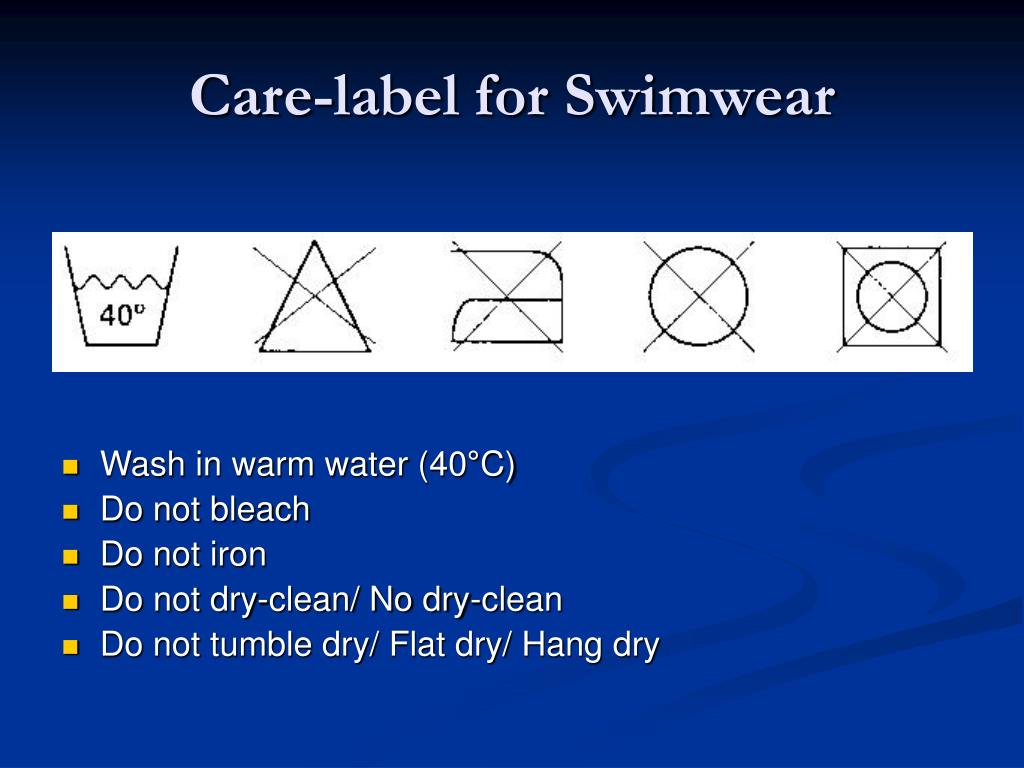Content Menu
● Understanding Swimsuit Lifespan
>> Quality and Material
>> Frequency of Use
>> Environment and Exposure
>> Care and Maintenance
>> Brand and Price Point
>> Style and Design
>> Fit
● Maximizing the Lifespan of Your Swimsuit
>> Proper Washing Techniques
>> Drying Your Swimsuit
>> Rotation and Rest
>> Storage Solutions
>> Avoiding Harmful Situations
● Choosing the Right Swimsuit for Longevity
● When to Replace Your Swimsuit
● Conclusion
Swimsuits are an essential part of our wardrobe, especially during the summer months or for those who enjoy water activities year-round. Whether you're a casual beachgoer, a competitive swimmer, or someone who loves lounging by the pool, understanding the lifespan of your swimwear is crucial for both your comfort and your wallet. In this comprehensive guide, we'll explore the factors that influence how long swimsuits last, provide tips on how to extend their life, and discuss the best practices for caring for your beloved swimwear.

Understanding Swimsuit Lifespan
The lifespan of a swimsuit can vary greatly, ranging from a single season to several years. This wide range is due to numerous factors that come into play, each contributing to the overall durability and longevity of the garment. Let's delve into these factors to better understand what affects the lifespan of your swimwear.
Quality and Material
One of the most significant factors in determining how long a swimsuit will last is the quality of the materials used in its construction. High-quality swimsuits are typically made from durable materials such as nylon and spandex blends. These materials are chosen for their ability to withstand the harsh conditions that swimwear is often exposed to, including chlorine, saltwater, and UV rays.
Nylon is known for its strength and resistance to wear and tear, while spandex provides the necessary stretch and elasticity that allows the swimsuit to maintain its shape. Some manufacturers also incorporate polyester into their swimwear designs, as it offers excellent chlorine resistance and color retention properties.

Frequency of Use
How often you wear your swimsuit plays a crucial role in its lifespan. A swimsuit that is worn daily for lap swimming will naturally wear out faster than one that is only used occasionally for sunbathing or casual swimming. Competitive swimmers, for instance, may find that their suits need replacement more frequently due to the intense and regular use they undergo.
Environment and Exposure
The environment in which you use your swimsuit can significantly impact its longevity. Chlorinated pools, saltwater, and sun exposure are all factors that can accelerate the breakdown of swimwear materials.
Chlorine is particularly harsh on swimsuit fabrics, causing them to break down and lose elasticity over time. Saltwater, while less damaging than chlorine, can still affect the fabric and cause fading. UV rays from the sun can fade colors and weaken fibers, especially if the swimsuit is left to dry in direct sunlight.
Care and Maintenance
Perhaps the most controllable factor in extending the life of your swimsuit is how you care for it. Proper washing, drying, and storage techniques can significantly increase the lifespan of your swimwear. We'll explore these care tips in more detail later in this article.

Brand and Price Point
While not always a guarantee, higher-end swimwear brands often use better quality materials and construction techniques that can result in a longer-lasting product. However, this doesn't mean that all expensive swimsuits will outlast their cheaper counterparts. It's essential to consider the brand's reputation for quality and durability when making a purchase.
Style and Design
The style and design of a swimsuit can also affect its lifespan. Simpler designs with fewer embellishments tend to last longer as there are fewer elements that can wear out or come loose. Swimsuits with intricate beadwork, sequins, or other decorative elements may require more delicate care and might not withstand frequent use as well as simpler designs.
Fit
A properly fitting swimsuit will generally last longer than one that is too tight or too loose. A suit that is too small can stretch the fabric beyond its limits, causing it to lose shape and elasticity more quickly. Conversely, a suit that is too large may bunch or sag, leading to increased wear in certain areas.
Maximizing the Lifespan of Your Swimsuit
Now that we understand the factors that influence how long a swimsuit lasts, let's explore some practical tips to help you extend the life of your swimwear.
Proper Washing Techniques
One of the most crucial aspects of swimsuit care is how you wash it. Always rinse your swimsuit in cool, fresh water immediately after use, whether you've been in a pool, the ocean, or even just sunbathing. This helps to remove chlorine, salt, sand, and body oils that can break down the fabric over time.
When it comes to washing, hand washing is always the gentlest option. Use a mild detergent specifically designed for delicate fabrics or swimwear. Avoid using regular laundry detergents, as these can be too harsh and may strip the fabric of its protective finishes.
To hand wash, fill a sink or basin with cool water and add a small amount of mild detergent. Gently agitate the swimsuit in the water, paying special attention to areas that tend to collect bacteria, such as the crotch area. Rinse thoroughly with cool water until all soap residue is removed.
If you must use a washing machine, place the swimsuit in a mesh laundry bag to protect it from excessive agitation. Use the delicate cycle with cold water and a mild detergent. Avoid using fabric softeners, as these can break down the elasticity of the swimsuit.

Drying Your Swimsuit
Proper drying is just as important as washing when it comes to preserving your swimsuit. Never wring out your swimsuit, as this can damage the fibers and cause the suit to lose its shape. Instead, gently squeeze out excess water or roll the suit in a clean towel to absorb moisture.
Always air dry your swimsuit flat in a shaded area. Avoid hanging it, as this can cause the suit to stretch out of shape, especially when wet. Direct sunlight can fade colors and weaken fibers, so choose a cool, shaded spot for drying.
Never use a dryer to dry your swimsuit. The heat and tumbling action can severely damage the fabric and elasticity of the suit.
Rotation and Rest
If you swim frequently, consider having multiple swimsuits that you can rotate. This allows each suit to fully dry between uses and reduces the wear and tear on any single suit. Giving your swimsuit time to "rest" between wears can help the elasticity recover and extend the overall life of the garment.
Storage Solutions
Proper storage is often overlooked but can significantly impact the longevity of your swimwear. After your swimsuit is completely dry, store it flat in a cool, dry place. Avoid folding it in the same place each time, as this can create permanent creases in the fabric.
If you must hang your swimsuit, use padded hangers to avoid creating shoulder bumps. For long-term storage, consider laying the suit flat in a drawer with acid-free tissue paper to prevent color transfer and maintain its shape.

Avoiding Harmful Situations
While it's not always possible to avoid certain situations, being aware of what can damage your swimsuit can help you make informed decisions. Rough surfaces like concrete pool edges or wooden benches can snag and damage the fabric of your suit. If possible, sit on a towel to protect your swimwear.
Hot tubs and spas, with their high temperatures and increased chemical content, can be particularly harsh on swimsuit fabrics. If you frequently use hot tubs, consider having a separate suit specifically for this purpose.
Sunscreen and other lotions can also affect your swimsuit. While it's important to protect your skin, try to apply sunscreen and let it absorb before putting on your swimsuit. This can help prevent oils and chemicals from the sunscreen from degrading the fabric.
Choosing the Right Swimsuit for Longevity
If durability is a top priority for you, consider these factors when purchasing a new swimsuit:
Material Composition: Look for suits with a high percentage of polyester blended with spandex. Polyester is known for its chlorine resistance and color retention properties.
Construction: Check the seams and stitching of the swimsuit. Double-stitched seams and reinforced areas in high-stress points (like under the arms or at the leg openings) can indicate a well-constructed suit that's built to last.
Color and Pattern: Darker colors and patterns tend to show wear less obviously than light colors or solid designs. If you're concerned about fading, opt for suits with patterns or darker hues.
Brand Reputation: Research brands known for their durability. Some swimwear companies specialize in long-lasting suits for competitive swimmers or frequent pool users.
Fit: Ensure you choose a suit that fits well. A proper fit will distribute stress evenly across the fabric, preventing premature wear in certain areas.

When to Replace Your Swimsuit
Even with the best care, all swimsuits will eventually need to be replaced. Here are some signs that it might be time to retire your old suit:
Loss of Elasticity: If your suit no longer snaps back into shape or sags in certain areas, it's likely lost its elasticity and won't provide the support and coverage you need.
Fading: While some fading is normal over time, significant color loss can be a sign that the fabric is breaking down.
Thinning Fabric: Hold your suit up to the light. If you can see through areas that shouldn't be sheer, the fabric is thinning and may soon become see-through when wet.
Pilling: Small balls of fuzz on the surface of the suit indicate that the fabric is breaking down.
Stretched Out Areas: If certain parts of the suit, like the bottom or straps, remain stretched out even when dry, it's a sign that the suit is losing its ability to retain its shape.
Odor: If your suit retains a chlorine or musty smell even after washing, it may be time for a replacement.
Remember, a swimsuit that no longer fits properly or doesn't provide adequate coverage not only looks unflattering but can also be uncomfortable and potentially lead to embarrassing situations.
Conclusion
Understanding how long swimsuits last and the factors that influence their lifespan can help you make informed decisions about purchasing and caring for your swimwear. By choosing high-quality suits, practicing proper care and maintenance, and being mindful of the conditions your swimsuit is exposed to, you can significantly extend its life.
Remember that while a good quality swimsuit might seem like an investment upfront, it can save you money in the long run by lasting longer and performing better throughout its life. Whether you're a competitive swimmer, a beach enthusiast, or someone who enjoys the occasional dip in the pool, taking care of your swimwear will ensure that you always have a comfortable, functional, and stylish suit ready for your next aquatic adventure.
By following the tips and guidelines outlined in this article, you can enjoy your favorite swimsuits for many seasons to come, making the most of your investment and always looking your best by the water. So go ahead, dive in, and enjoy your swimwear with the confidence that comes from knowing you're taking the best possible care of your suits!







































